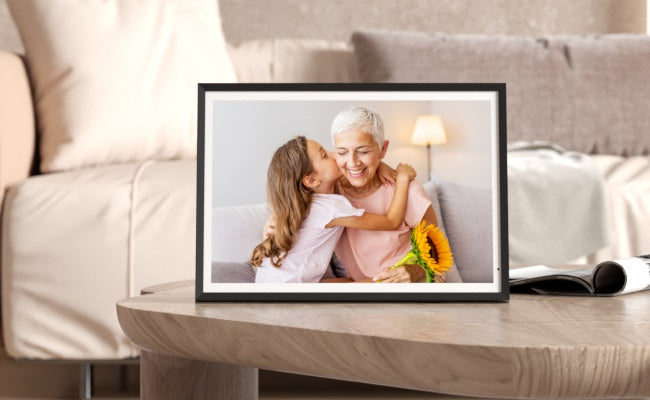The Ultimate Guide to Mastering Frame Within a Frame Photography at Home
In photography, few techniques are as visually captivating and emotionally compelling as frame within a frame composition. This creative approach uses elements within the scene—like doorways, windows, mirrors, or even furniture—to create a secondary frame around your main subject. When done right, it draws the viewer’s eye, adds depth, and tells a layered story—all within a single image.
Whether you're shooting with a DSLR or your phone, and whether you're a beginner or more experienced, here’s how you can master this technique and create stunning frame-in-frame pictures right from the comfort of your home.
What Is Frame Within a Frame?
Frame within a frame is a composition style where one visual element frames another within the same photo. Think of it as a picture inside a picture. It’s commonly used to highlight a subject, create mood, or direct focus—all while adding dimension and interest to your shot.
Common indoor "frames" include:
-
Windows with curtains
-
Doorways or hallways
-
Mirrors or picture frames
-
Chair backs, stair rails, or shelves
-
Light or shadow shapes
This technique isn’t limited to literal frames—everything within a frame can become part of your creative toolkit if it shapes or encloses your subject visually.
Why It Works: Guiding the Viewer’s Eye
The power of a frame-in-frame photo lies in how it guides the viewer. The human eye is naturally drawn toward borders, contrasts, and symmetry. By enclosing your subject in another element, you’re gently pushing the viewer’s attention to exactly where you want it—the main subject—whether it's a person, object, or even a specific mood.
Frame Within a Frame Photography Ideas at Home
You don’t need a studio or exotic location. Here are practical ideas to try at home:
1. Through a Window
Photograph someone inside the house from outside (or vice versa). Use the window as a natural frame. Light bouncing off glass can add dreamy reflections.
2. Doorframe Portraits
Stand your subject in a doorway. Let the architectural lines draw focus inward. This setup works great for moody or storytelling portraits.
3. Use Mirrors Creatively
Mirrors are a fantastic tool for complex compositions. Try placing your camera so that the subject appears inside the mirror while the surrounding frame leads the viewer in.
4. Bookshelves or Furniture Gaps
Take advantage of square or rectangular openings in bookshelves, bed frames, or even chair backs. These can act as subtle frames for faces, pets, or objects.
5. Curtains, Drapes, or Blankets
Soft framing elements like curtains or hanging fabrics can add a sense of intimacy or softness—perfect for cozy home scenes or candid portraits.
Composition Tips for Better Results
-
Focus sharply on your main subject, letting the frame blur slightly if needed for depth.
-
Use leading lines inside your frame to pull the eye inward.
-
Try different angles—sometimes shooting from a low or elevated position makes the internal frame stronger.
-
Be mindful of balance and symmetry, but don’t be afraid to break the rules for a more dynamic feel.
Capturing Emotion: Going Beyond Aesthetic
What makes a great frame-in-frame composition isn't just geometry—it’s emotion. A child framed through a cracked-open door, a partner glimpsed in a hallway mirror, or an object treasured by someone now gone—these scenes convey something deeper. The frame becomes a boundary of space, time, or memory.
Displaying Your Work: Frame Pictures at Home
Once you’ve captured your favorite images, consider printing and displaying them. Framed photos, especially those that already contain visual frames within them, create an eye-catching optical illusion. It’s like the viewer is peeking through multiple layers—within the frame, and beyond.
Mix sizes—try 8x10s, 11x14s, or even square 18x18s—to create visual rhythm on your walls. Use minimalist or vintage-style physical frames to echo the internal composition of your shots.
Final Thoughts
The beauty of frame within a frame composition lies in its versatility. With a bit of creativity and observation, your home offers endless possibilities to explore this timeless technique. By looking for scenes that naturally create boundaries or openings, you’ll begin to see opportunities in every room, hallway, or corner.
And remember: you’re not just taking a picture—you’re inviting your viewer to step into a space, pause, and see a moment unfold inside the frame.






